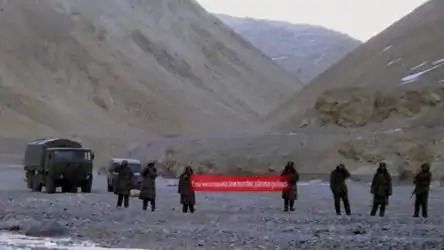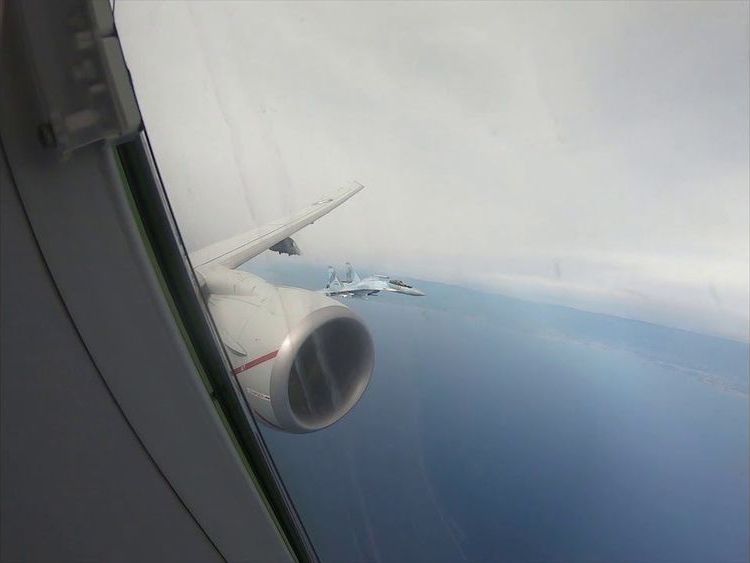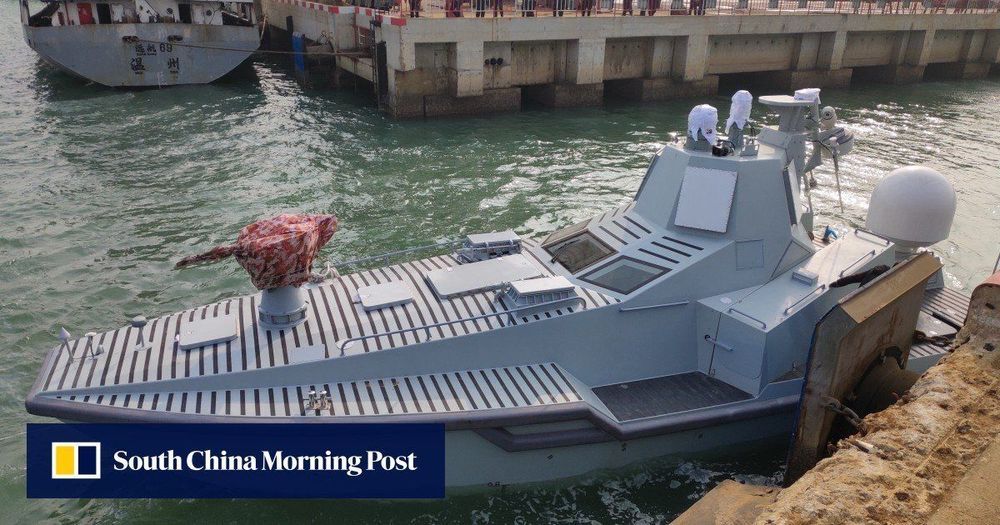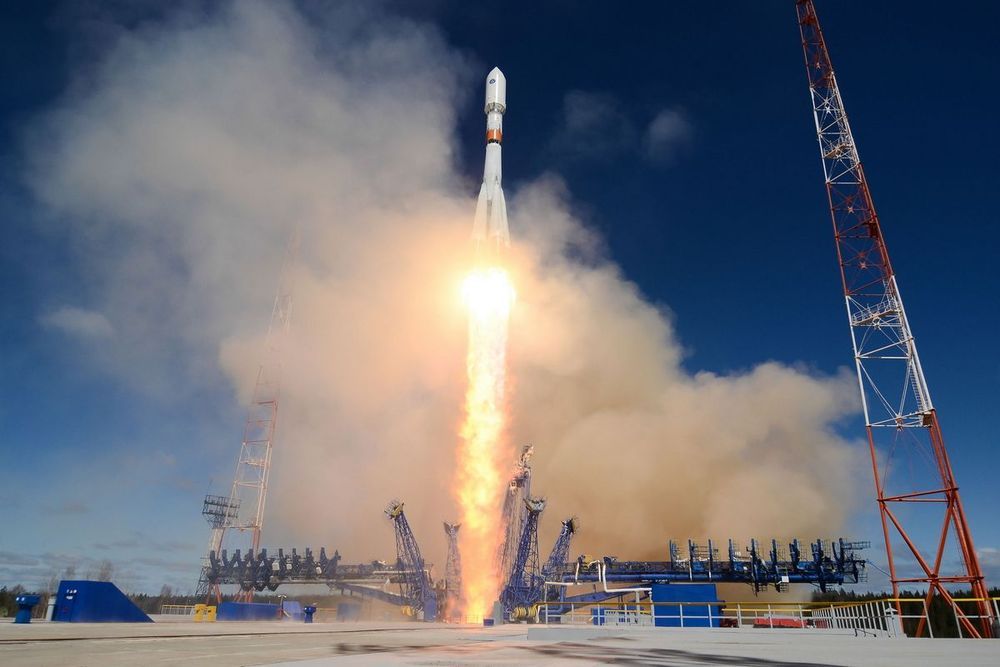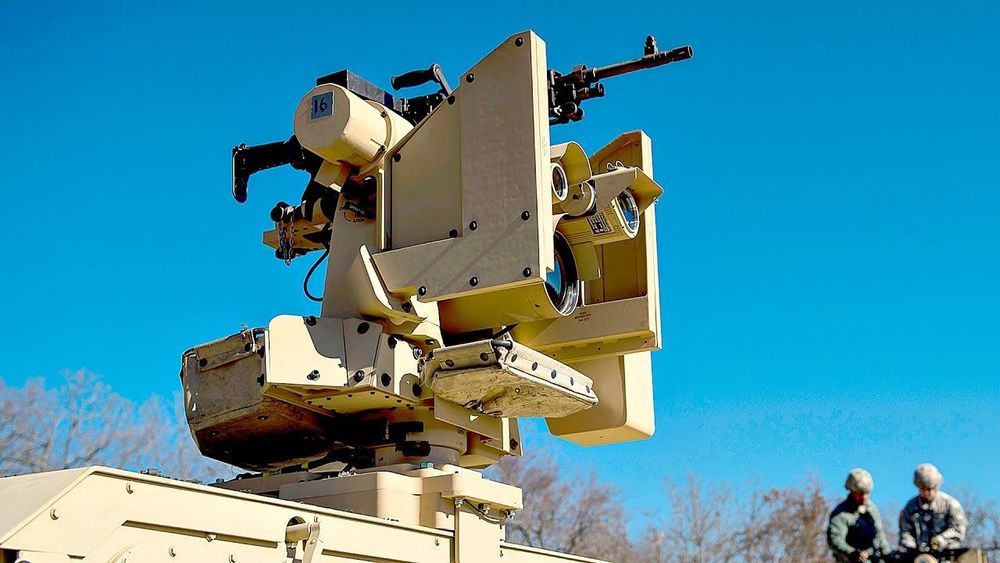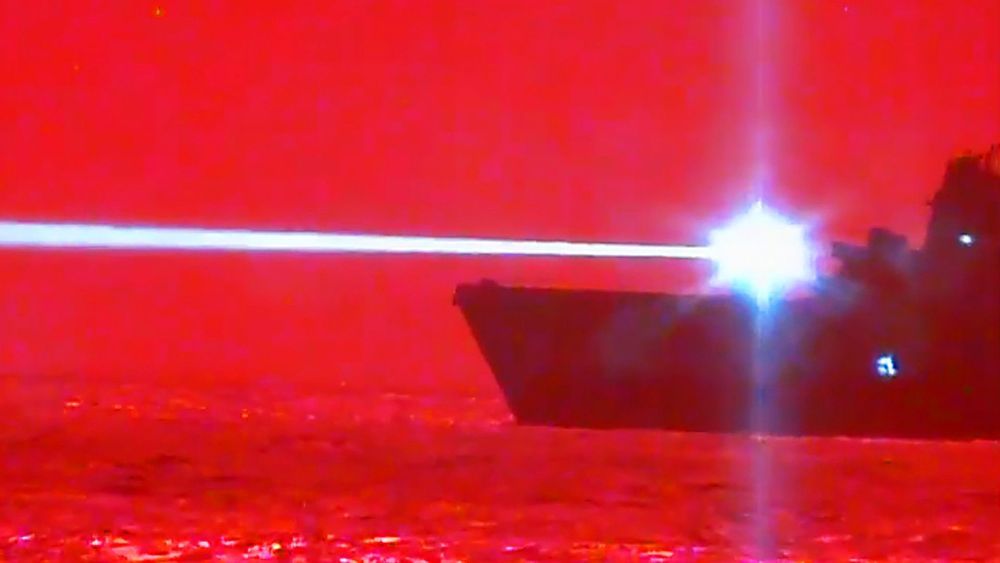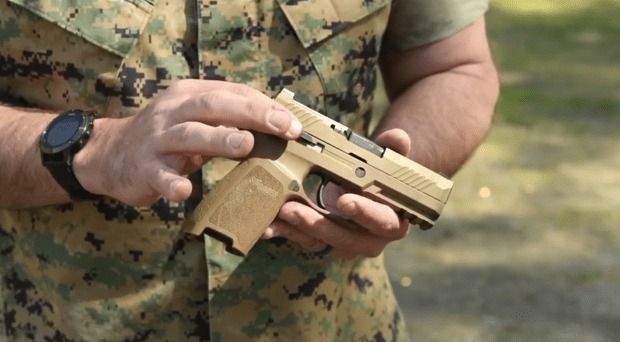May 27, 2020
Inside the Pentagon’s race against deepfake videos
Posted by Quinn Sena in categories: government, military, robotics/AI
Advances in artificial intelligence could soon make creating convincing fake audio and video – known as “deepfakes” – relatively easy. Making a person appear to say or do something they did not has the potential to take the war of disinformation to a whole new level. Scroll down for more on deepfakes and what the US government is doing to combat them.

